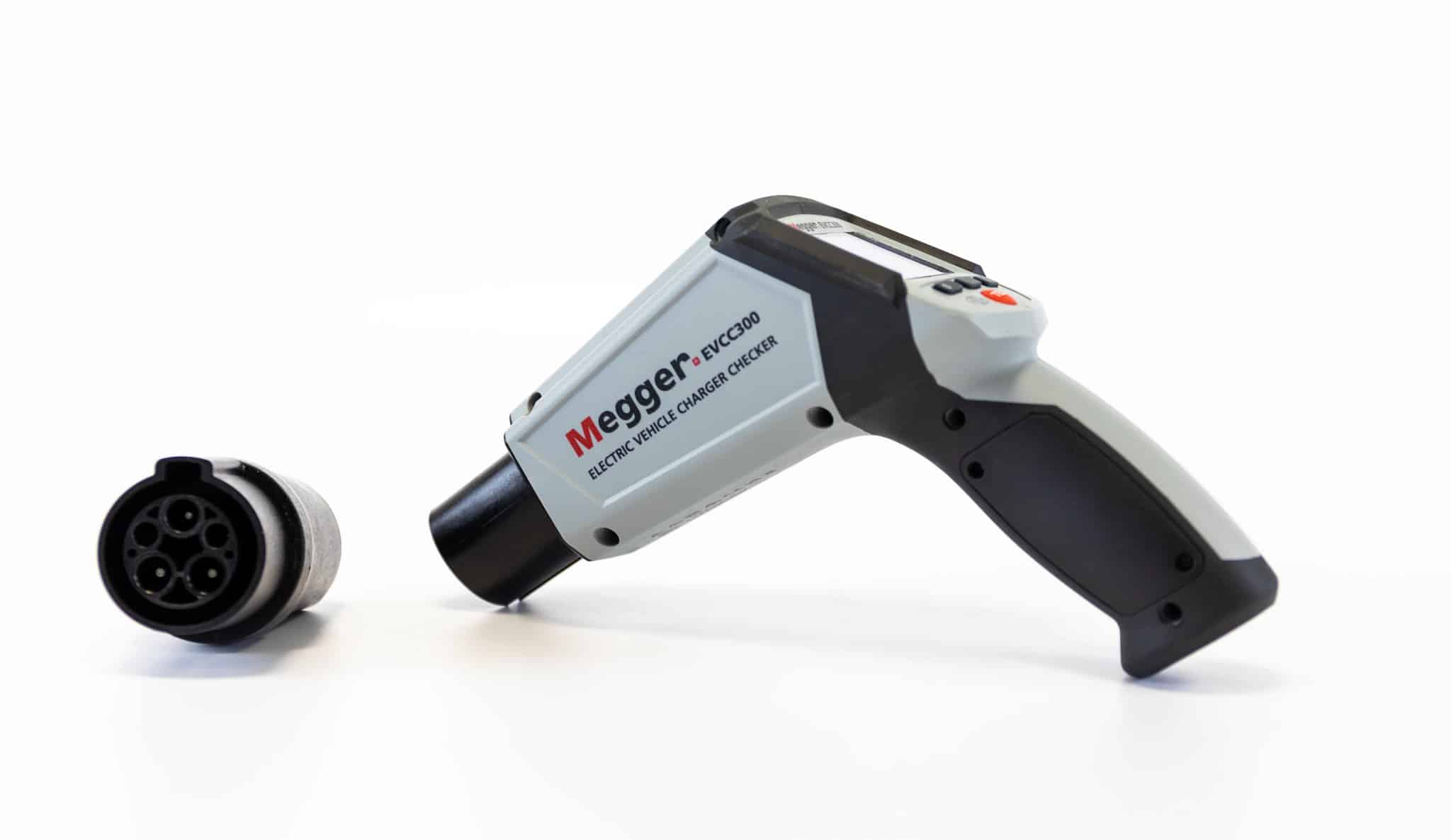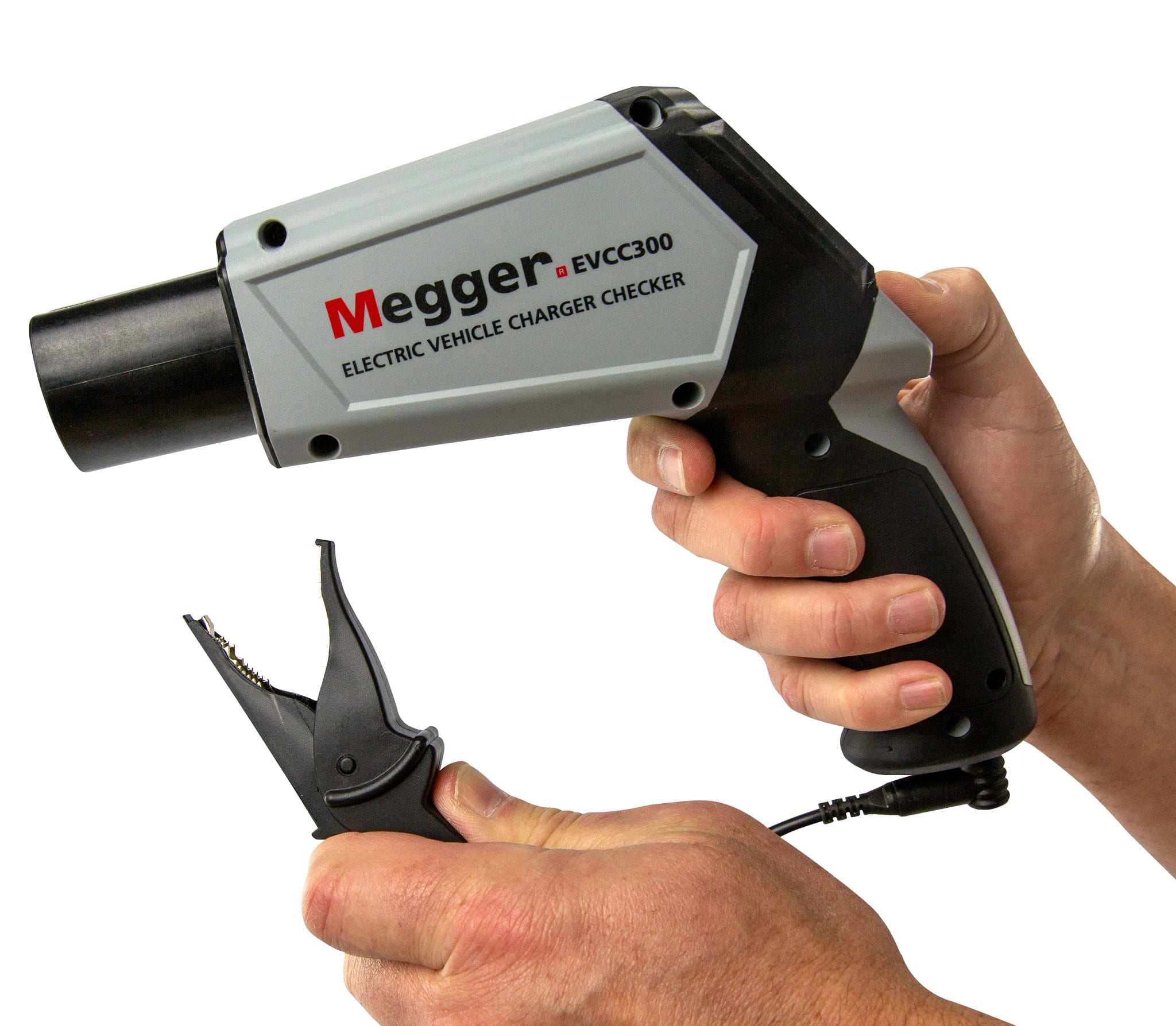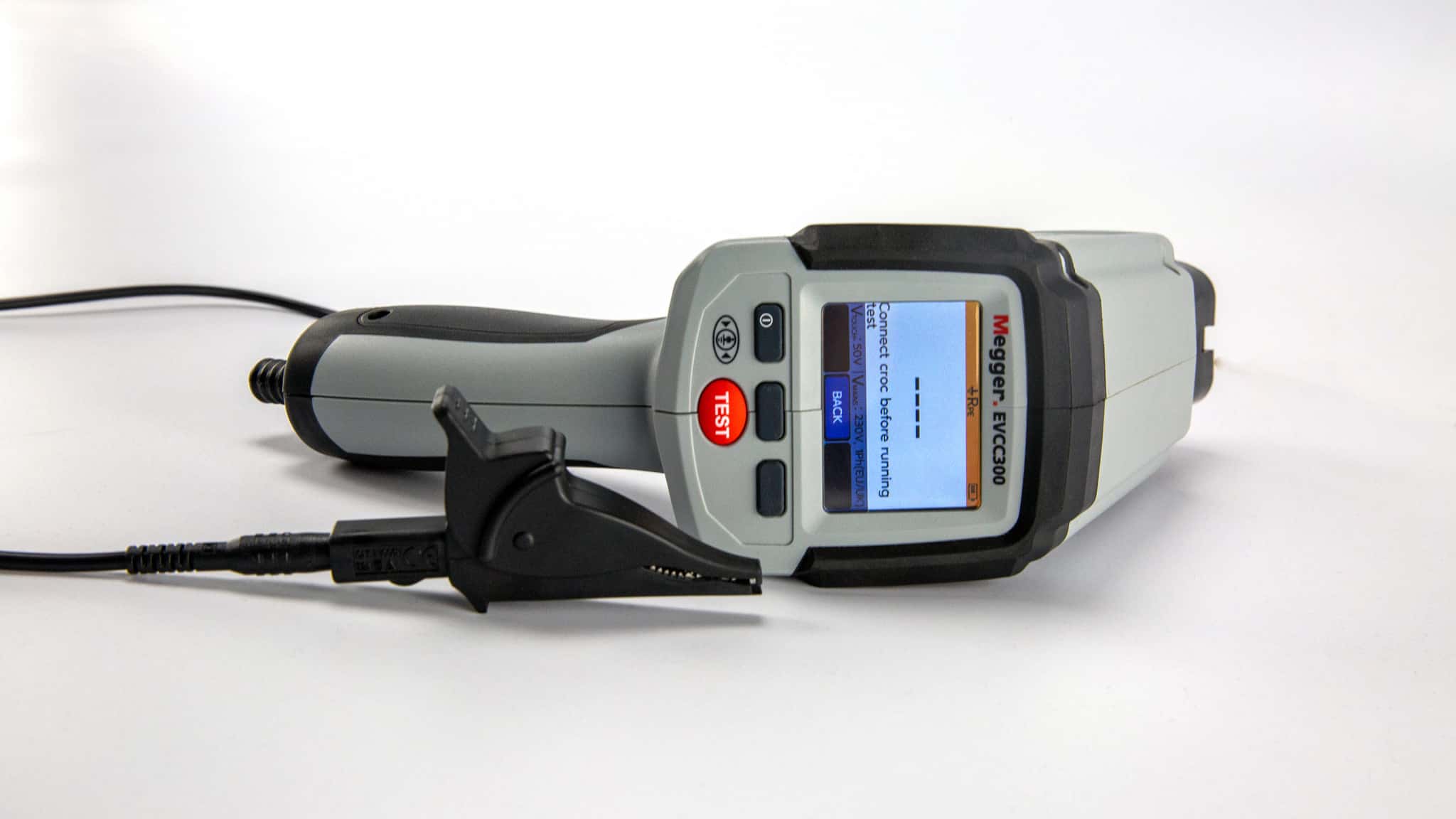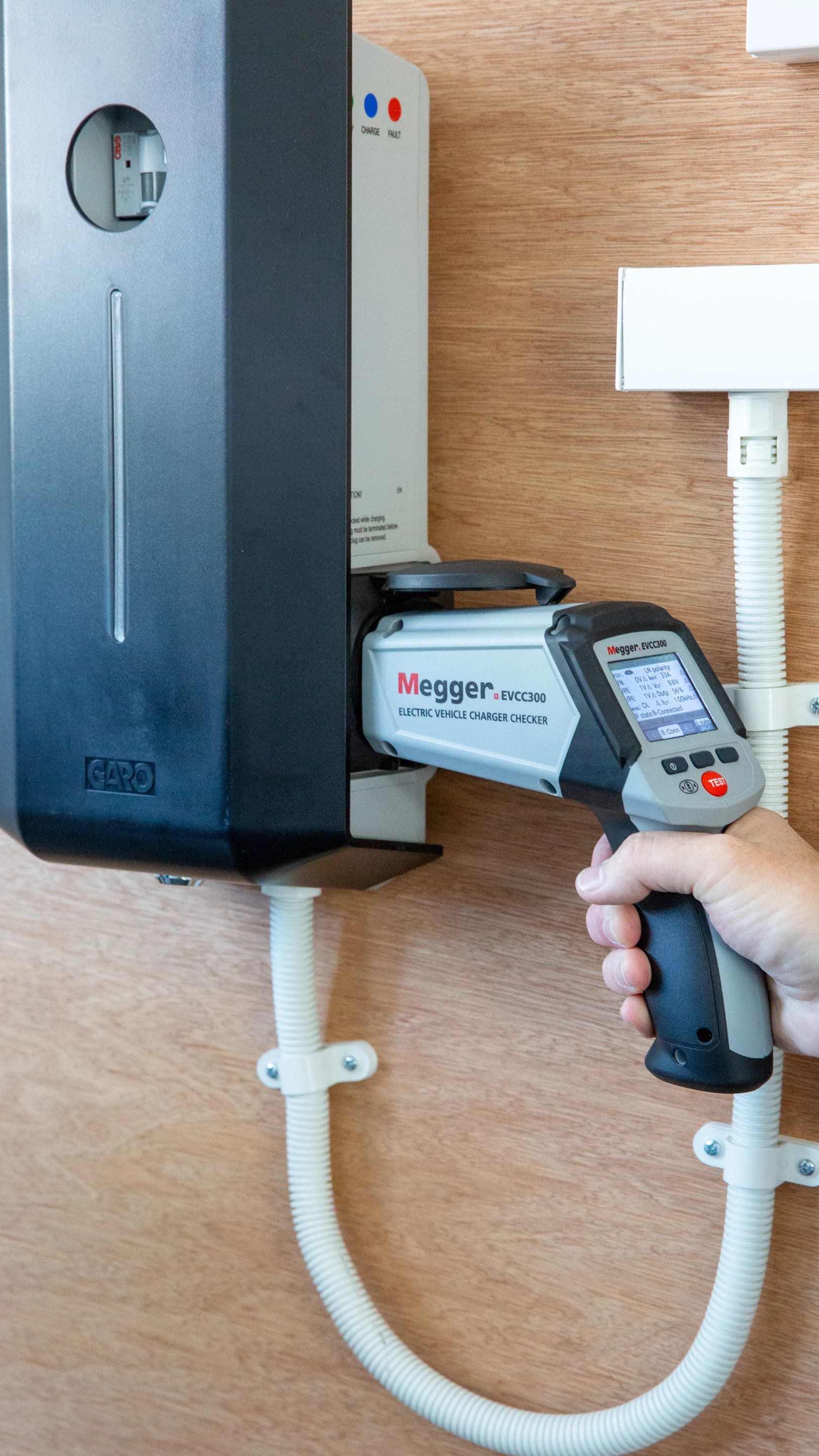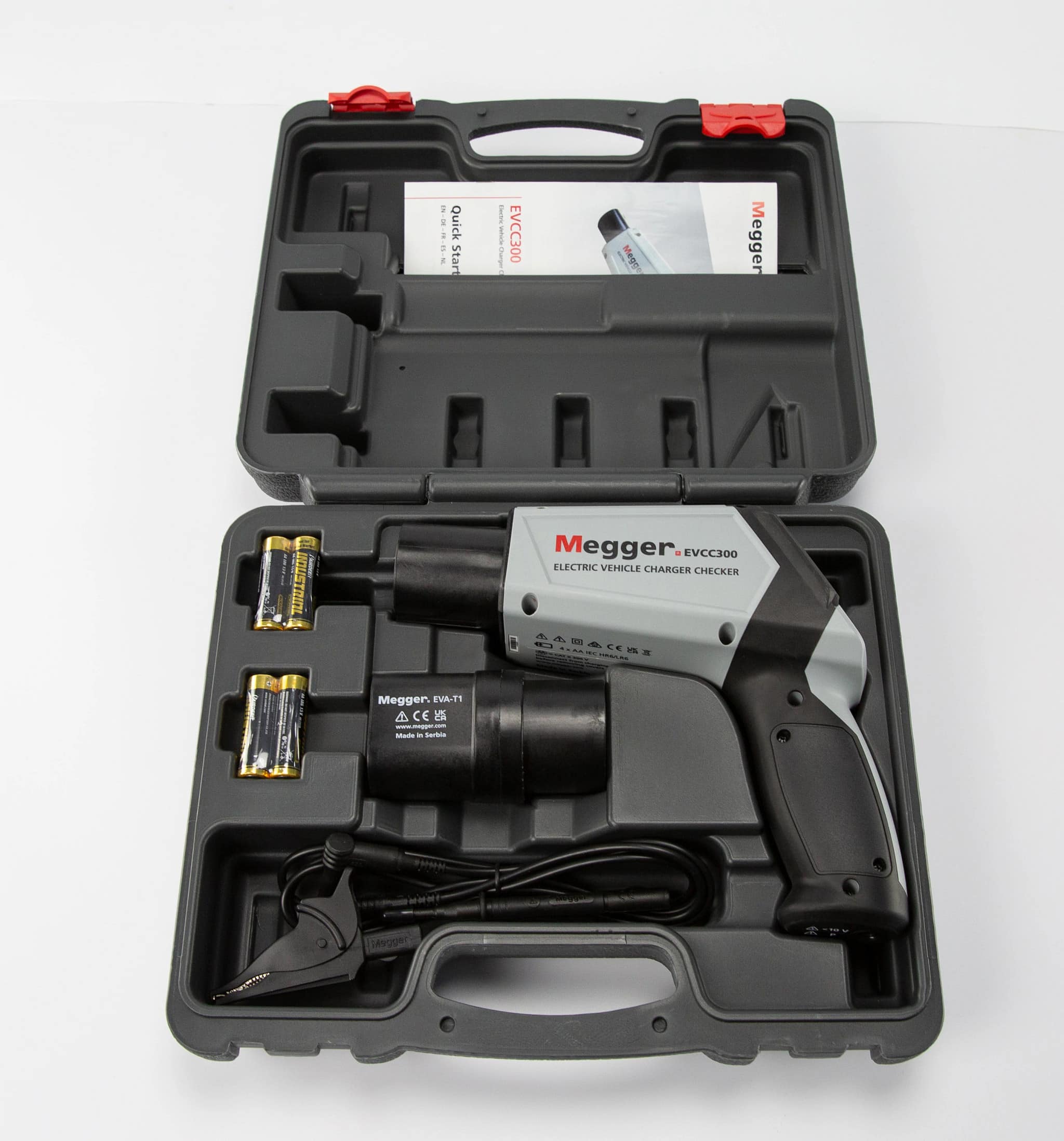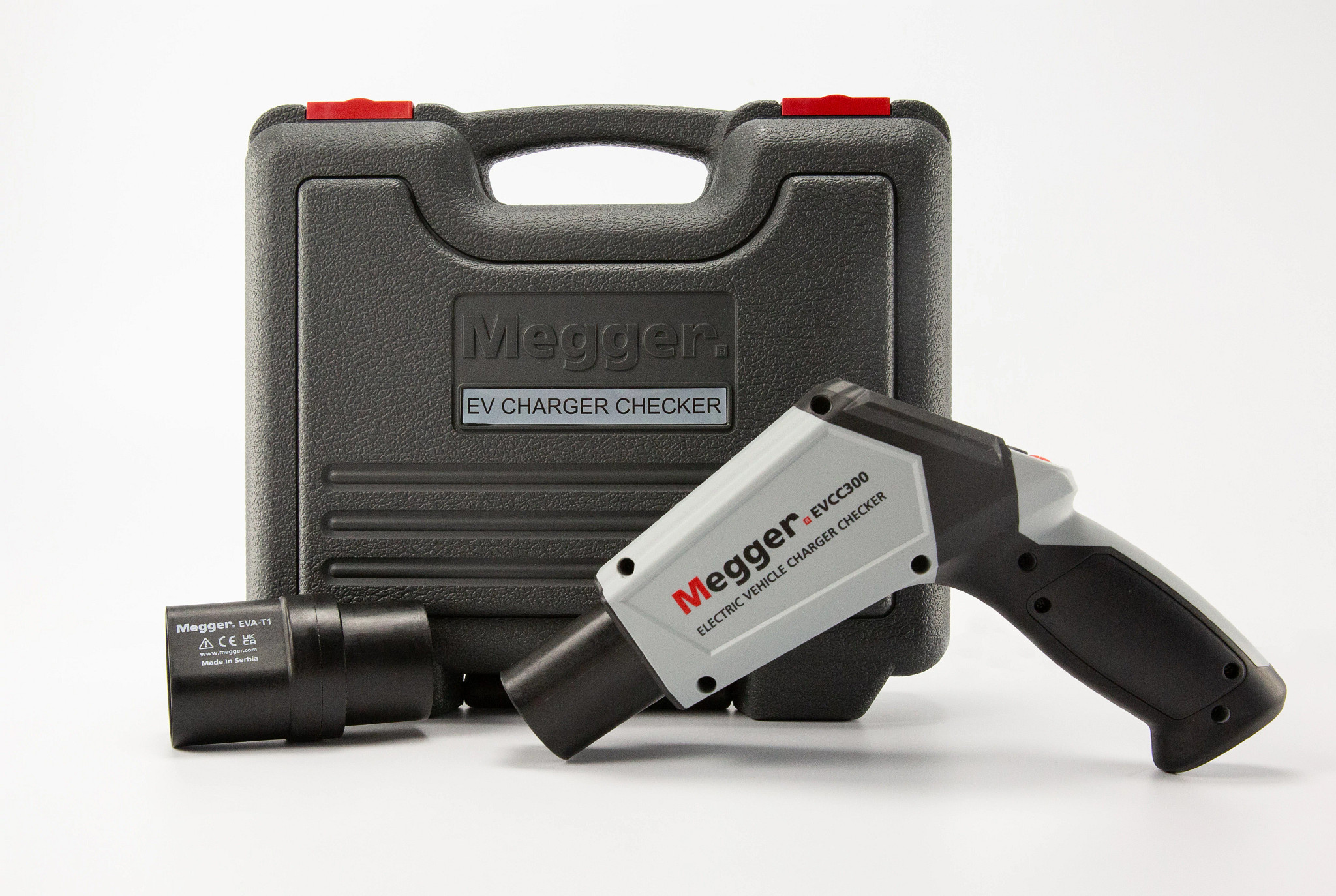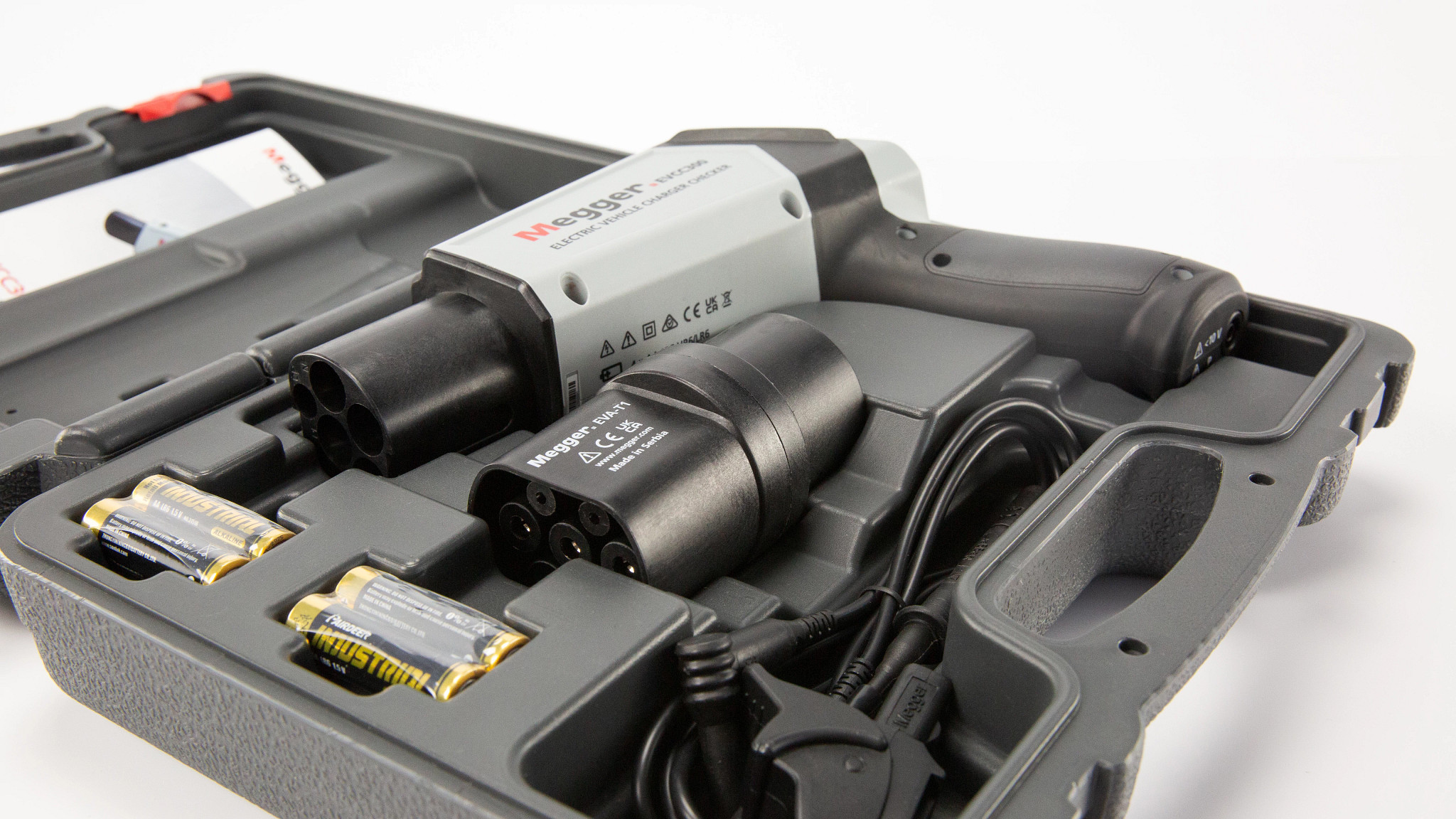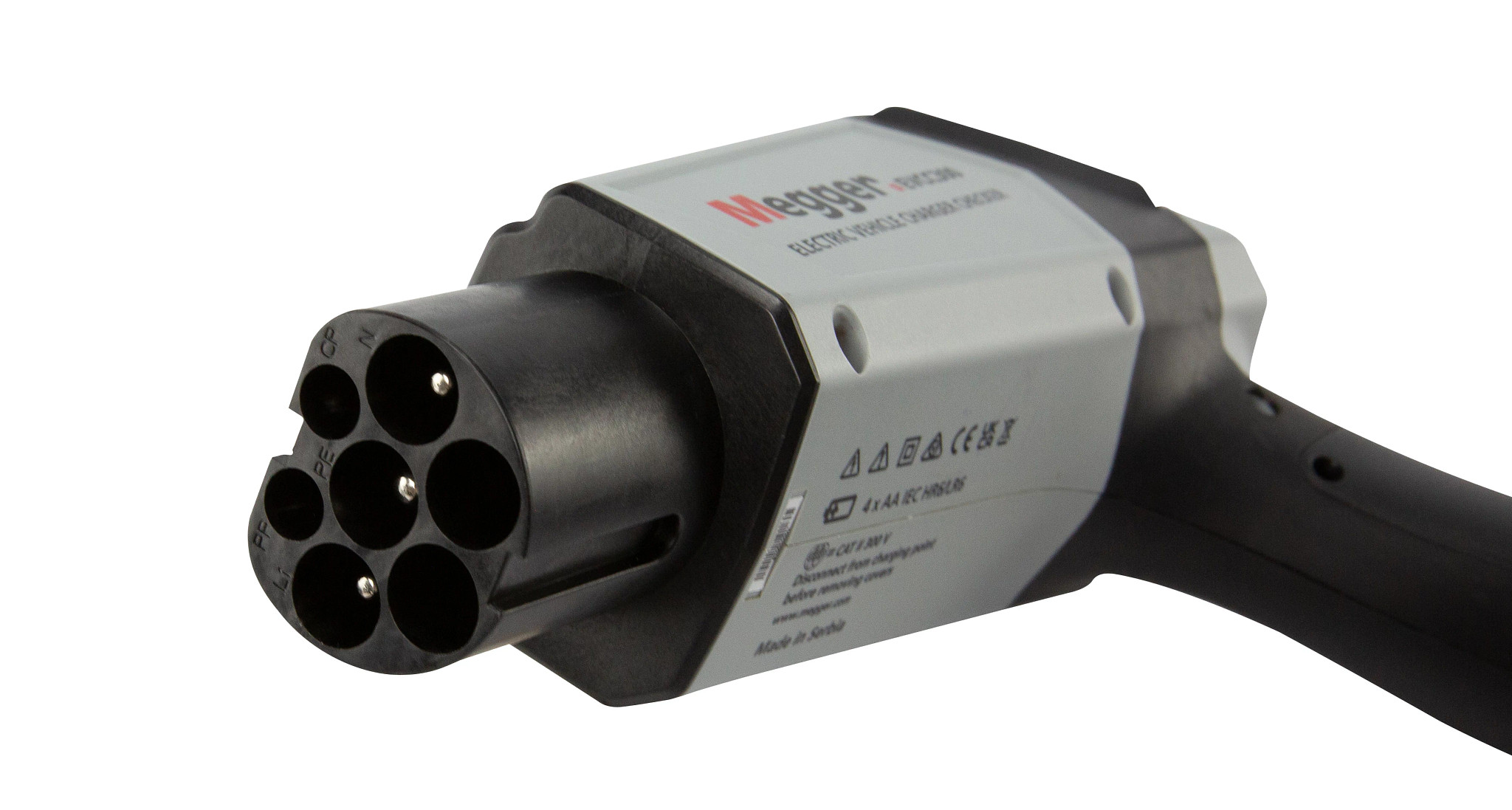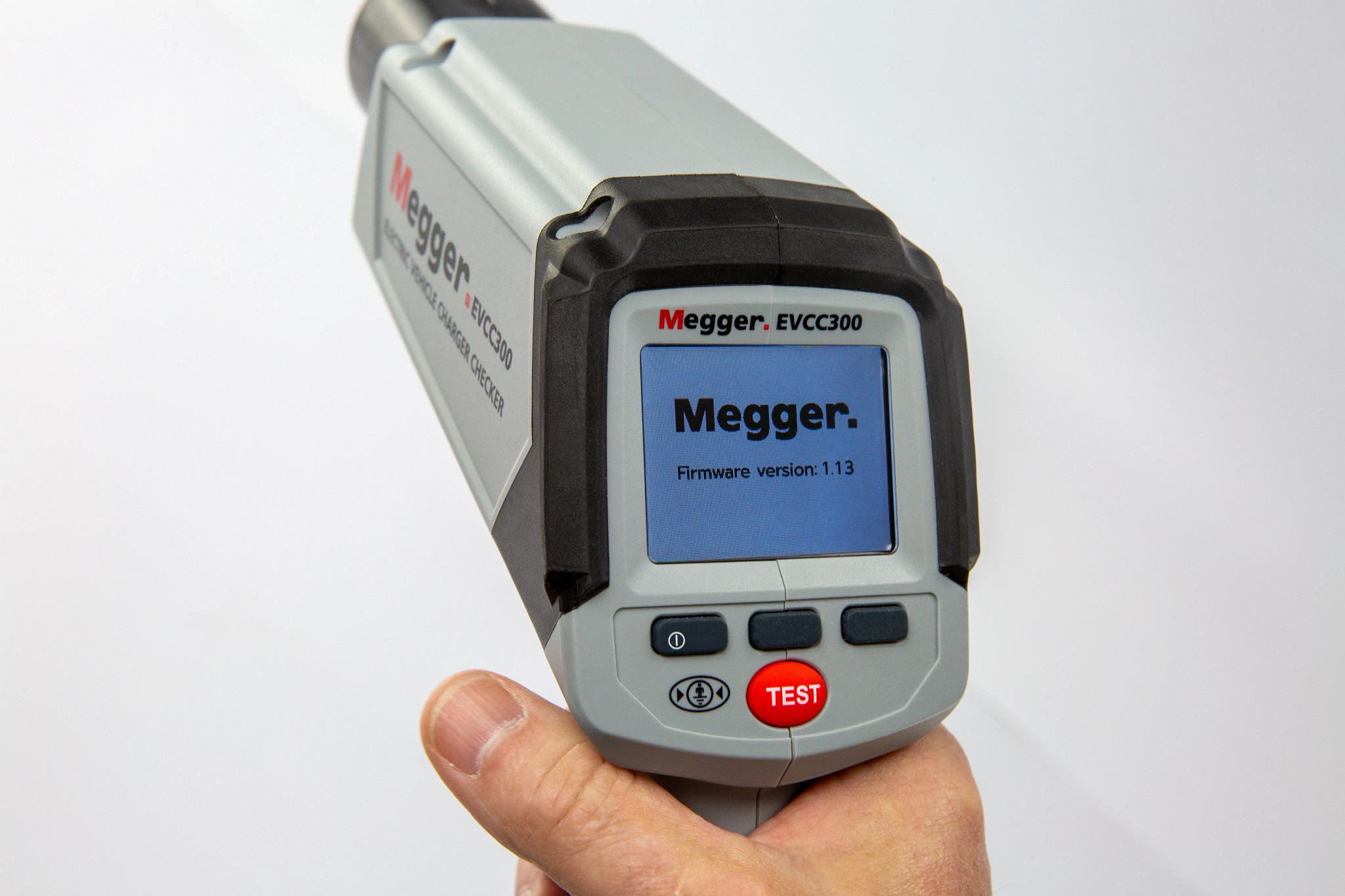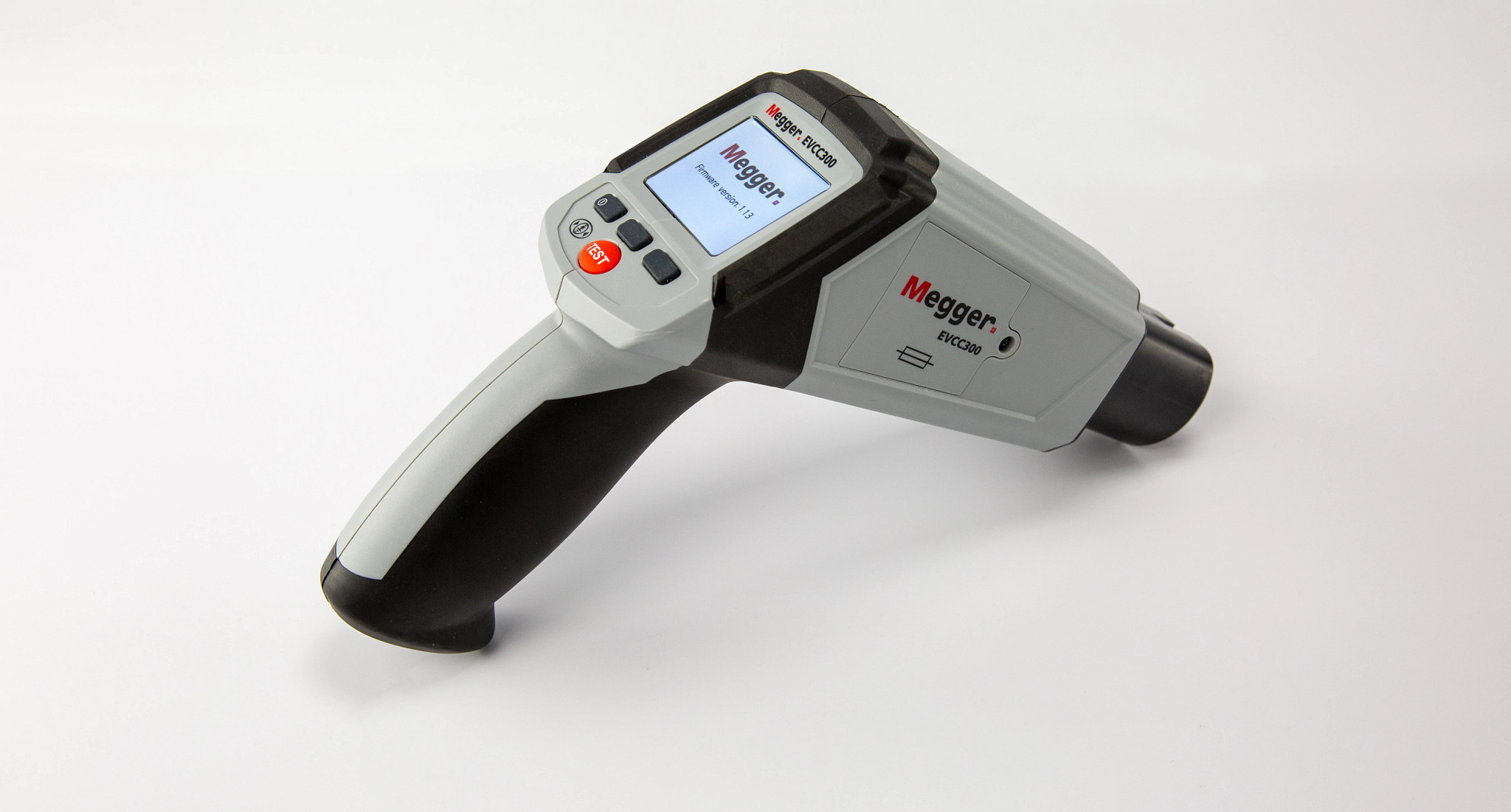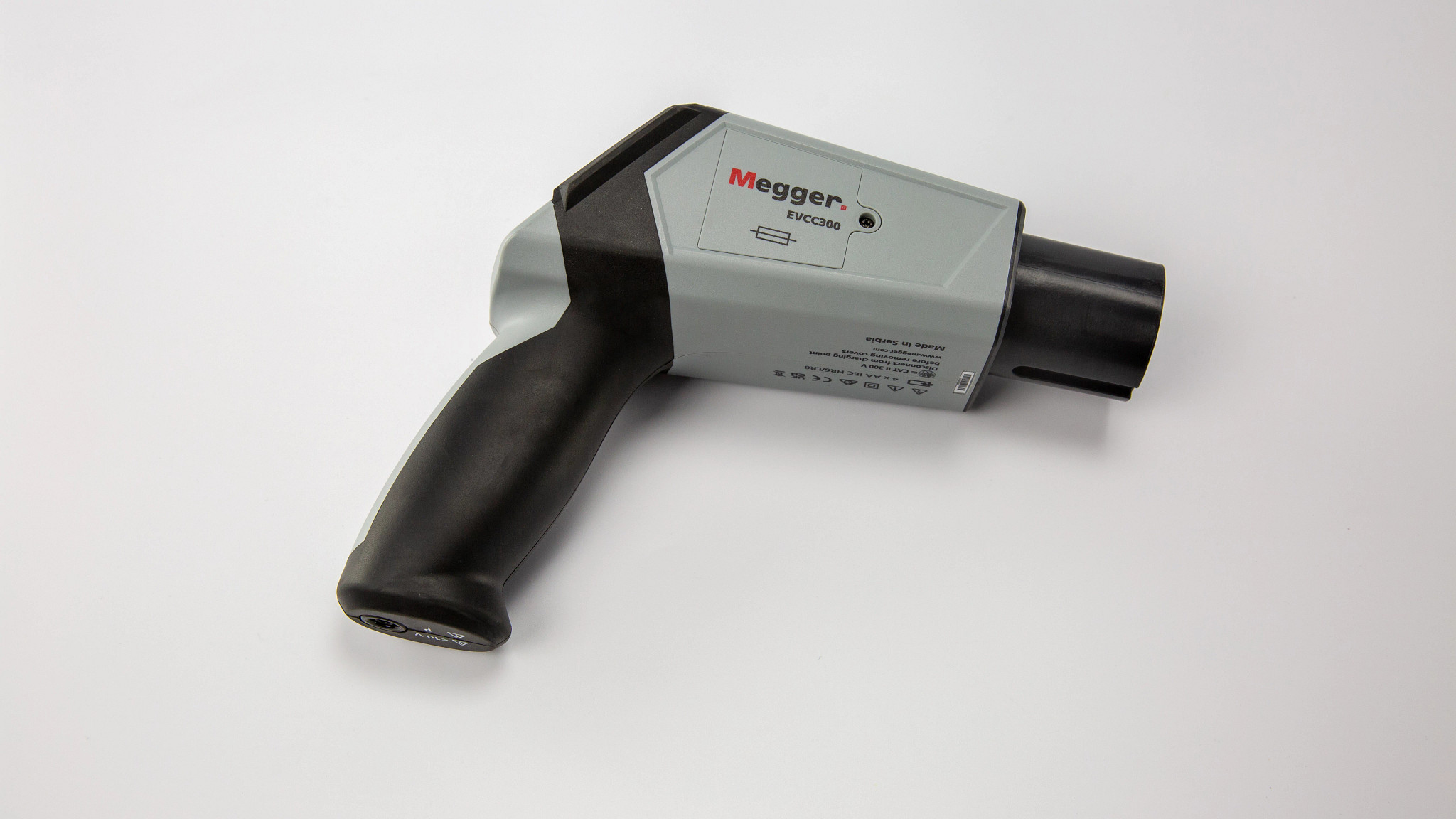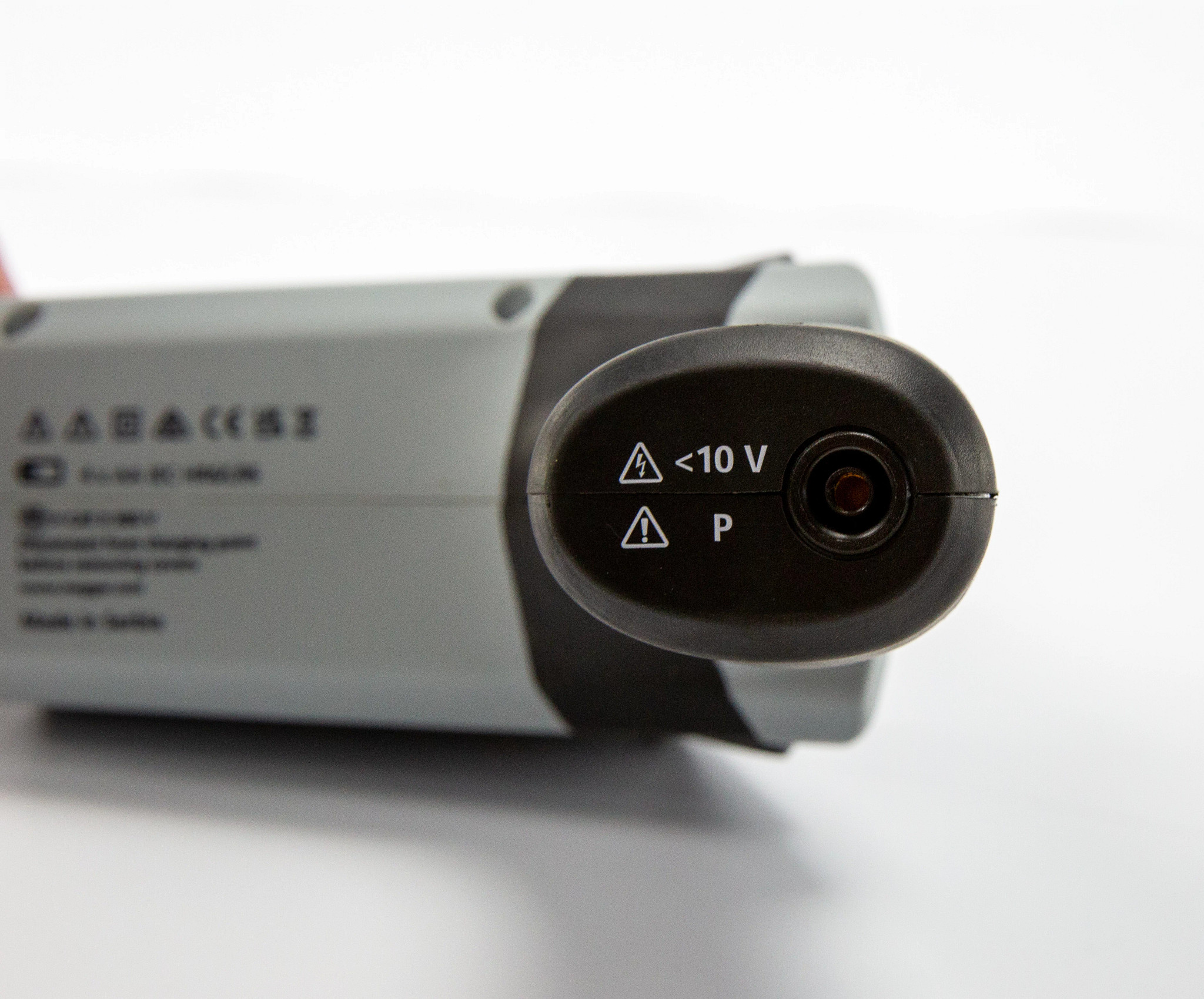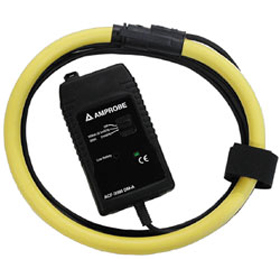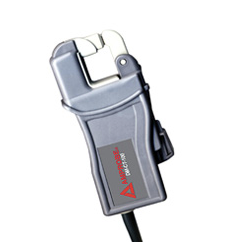Description
- Checks level 1 and two phase level 2 chargers
- Checks chargers with SAE J1772 Type 1 and Type 2 connectors
- Performs four EV charger safety checks
- Performs four EV charger operation checks
- Checks to see if nuisance tripping or RCD/GFCI is likely to occur
- Reads control pilot state response from EV Charger to IEC61852-1
The new EVCC300 introduces a new and convenient way of checking Electric Vehicle charge points. A simple all in one concept provides an easy to use solution to check both the safety and operation of level 1 and two phase level 2 EV chargers. The instrument is ideal for those wishing to perform a check on an EV charger following manufacture or repair, or just part of a maintenance schedule / inspection.
FEATURES
- Four important safety checks:
- PE touch pad to check ground connection and hazardous voltages
- PE resistance (RPE) test to check any exposed metal work is properly grounded / earthed
- Touch voltage test to ensure the charger ground / earth does not rise to a hazardous level when charger output is on
- RCD / GFCI protection check by timing the device tripping speed. This test causes a calibrated ground / earth leakage current appropriate to the trip rating of the device to flow and time how long it takes for the device to break the supply. If an RCD / GFCI was to take too long to trip it would not protect the charger user from electrocution, so it is an important safety check
- Nuisance charger supply tripping check.
- Four key EV charger operation checks:
- Proximity detection operation check. The EVCC300 can check that proximity is detected and also whether, when testing a type 1 connection, that latching detection has worked correctly
- Control pilot operation check. Not only can the EVCC300 set CP states to operate the EV charger, the instrument can read the response state of the charger. The codes A, B, C, D, E and F can be set by the EVCC300 and the response of the charger displayed on the instruments color display.
- Control pilot signal check. The EVCC300 measures the CP signal Voltage, Frequency and Duty cycle. Repeated measurements will highlight instability in the signal.
- EV charger output check. The EVCC300 measures the output voltage and frequency of the EV charger when charging in is in progress. When appropriate the EVCC300 also checks for correct L – N supply polarity.
This test will help determine whether the EV charger user is likely to experience nuisance tripping of the RCD or GFCI.
The EVCC300 slowly increases ground / earth leakage current until the protective device trips to ensure it trips at the correct leakage current level. If the leakage current that trips the device is too low it will indicate either an issue with the device or there is already a high level of leakage present.
The charger PC state is displayed together with the chargers indicated maximum charge current, all to IEC61851-1 requirements
